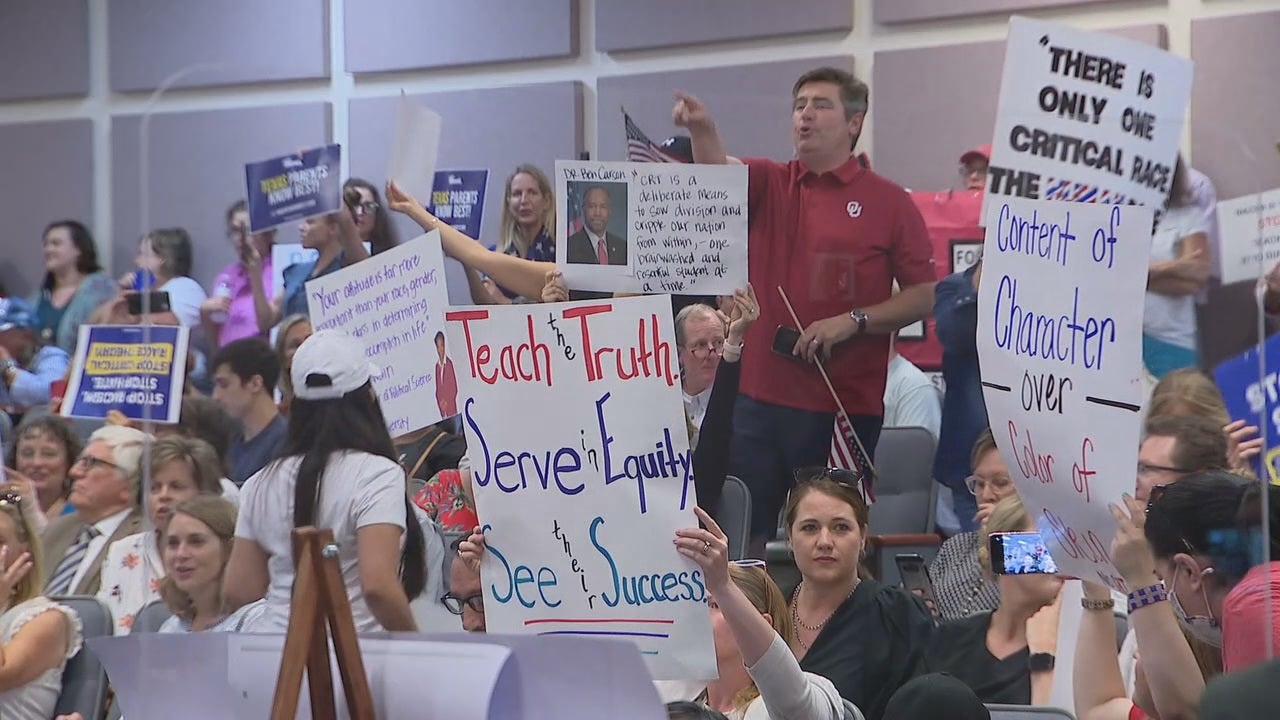
Texas has more than 1,200 school districts and the formula that funds this leviathan is confusing and frustrating. This must change, allowing for transparency and accountability.
The school districts get most of their funding from locally levied property taxes. This portion makes up more than 50% of property taxes levied on Texas taxpayers, and it pays for Maintenance and Operations (M&O) of the schools (this funds the day-to-day operations of ISDs). The other portion of school property taxes is Interest and Sinking (I&S) rate, which funds debt repayment for big-ticket items purchased through bonds.
The rest of the budget is split between federal funding (10% of district budgets) and state general revenue funding – or, about 35% of the school district budgets. General state revenue spending has decreased in the last few years because property taxes have been rising for years (more than 181% in the last 20 years), making up a more significant portion of school funding. According to the Texas Comptroller Texas spending on public education has increased dramatically, growing over 60% in the last decade.
In reality, Texas has a statewide property tax in everything but name, despite a constitutional restriction. The school districts’ property tax revenues run through the complicated funding formulas to allows some to keep all their money, others to remit “excess” revenues to other districts, and still others to receive additional dollars. The funding formulas consider the community’s property wealth and a variety of factors related to the school district’s performance. Meanwhile, each student is effectively assigned a “weighting,” based on their socio-economic standing, disabilities, and other factors. At the core, Texas’ public education funding formulas for public education are based around attendance – known as the “Weighted Average Daily Attendance” or WADA.
Yet during the COVID pandemic, we have seen a phenomenon that has never occurred in Texas: student enrollment declined. Per the Texas Education Agency: “In 2020-21, during the COVID-19 pandemic, statewide enrollment decreased from the previous year for the first time since TEA began collecting enrollment data in the Public Education Information Management System (PEIMS). In the 2020-21 school year, 5,371,586 students were enrolled in Texas public schools. Between 2019-20 and 2020-21, student enrollment decreased by 122,354 students, or by 2.2 percent.”
According to Texas Homeschool Coalition, “Texas homeschooling numbers nearly tripled between the spring of 2020 and the fall of 2020, going from 4.5% in April/May to 12.3% in September/October of 2020.” Many see the COVID pandemic as the catalyst for this increase, but other factors may be at play as well. Parents have been protesting school boards in mass to battle the indoctrination of woke ideology, CRT, and sexual deviancy to our children.
With so many problems with the public education system in Texas and students leaving in droves, why are taxpayers on the hook for funding a failed system that abuses kids with mask mandates in defiance of rule of law, indoctrinating our children to be racists through identity politics, and promotes deviant lifestyles normalizing things like gender modification? The simple answer is taxpayers shouldn’t be forced to pay for the indoctrination of children.
At a minimum, we should be reducing the funding of education in proportion to the enrollment numbers dropping. Since enrollment dropped 2.2% in 2020-2021 we should see a proportional drop in public education funding. In 2019 total spending on K-12 M&O was $60 billion and payroll expenses were $56 billion for a total of $116 billion in public education spending. Reducing this by 2.2% would result in $2.5 in savings to taxpayers.
Recently TPPF put forward their “Lower Taxes, Better Texas” plan that seeks to eliminate property taxes completely by 2033. It is three part plan that: 1) Reduces spending 2) Pass SB 1 and HB 91 (HB 91 would put Texas on a path to property tax elimination by dedicating 90% of budget surpluses to M&O compression reduction, and 3) amending and passing HB 91 that would primarily fund local governments through sales tax.
TFR believes the first place we should look to reduce spending is in the way the institutions of public education are funded. It is immoral to force parents to fund a public school system they do not use. Texas should fund students not systems. And when those systems have fewer students, fewer dollars should be available to them.




